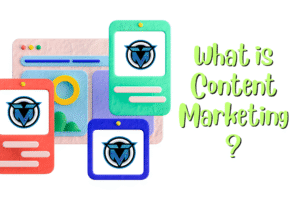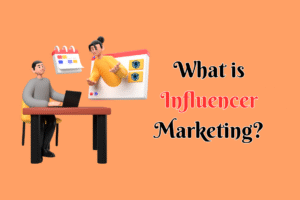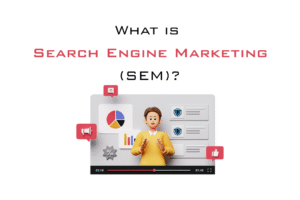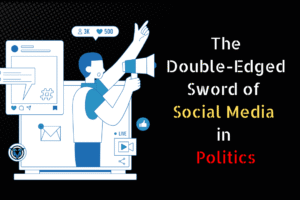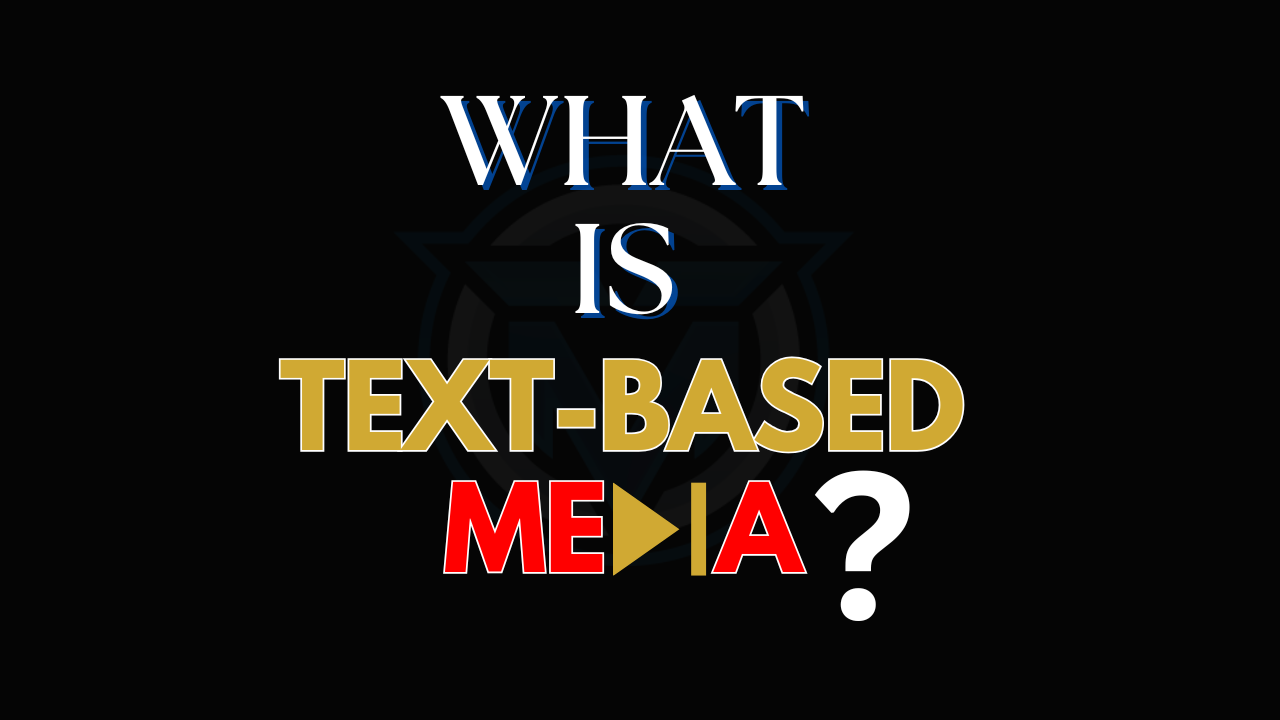In the ever-evolving world of digital communication and content creation, text-based media remains one of the most powerful and widely used formats. Despite the rise of videos, infographics, podcasts, and other multimedia formats, text continues to be the foundation of digital communication and information exchange.
But what exactly is text-based media? Why is it still important in today’s visually-driven world? And how can businesses and individuals use it effectively for communication, education, and marketing? This comprehensive article explores everything you need to know about text-based media.
Knowing Text-Based Media
Text-based media refers to any form of content that communicates information primarily through written words, rather than visuals, sound, or interactive features. This type of media relies on language, structure, and formatting to convey a message, tell a story, or share knowledge.
It can be as simple as a tweet, as structured as a news article, or as comprehensive as an eBook.
Examples of Text-Based Media
Text-based media is everywhere — both online and offline. Here are some common forms:
- Web Articles & Blog Posts
- Books and eBooks
- Emails and Newsletters
- PDF Documents
- Social Media Posts (Text-Only)
- Text Ads and SMS Campaigns
- Chatbots and Automated Messages
- Manuals and Guides
- Transcripts of Audio or Video Content
Key Characteristics of Text-Based Media
Text-based media has unique qualities that distinguish it from other content types:
- Linear Structure: It is read in a linear fashion — top to bottom or left to right (depending on the language).
- Language Dependent: Effective communication depends on language, tone, grammar, and word choice.
- Easily Searchable: Text is easy for both humans and search engines to scan and index.
- Flexible Format: Can be as short as a headline or as long as a detailed whitepaper.
Why Text-Based Media Still Matters in 2025
Even in a digital age dominated by TikTok, YouTube, and image-based platforms like Instagram, text-based media remains essential. Here’s why:
1. SEO and Searchability
Search engines like Google primarily rely on textual content to understand what a webpage is about. Keywords, meta descriptions, headings, and body text all contribute to how content is ranked in search engine results.
Without text, a page is virtually invisible to Google.
2. Accessibility and Flexibility
Text can be consumed by anyone — whether they are using screen readers, smartphones, or low-bandwidth internet connections. It’s the most accessible format for people with disabilities and for multilingual adaptation.
3. Quick to Produce and Update
Unlike videos or graphics, text content can be created quickly, updated easily, and repurposed in multiple formats such as newsletters, social media captions, or email campaigns.
4. Low Bandwidth, High Value
Text files are lightweight and load fast, making them ideal for mobile users and regions with limited internet access.
Text-Based Media vs. Multimedia: A Comparison
| Feature | Text-Based Media | Multimedia (Images/Video/Audio) |
|---|---|---|
| File Size | Small | Large |
| Load Speed | Fast | Slower |
| SEO Benefit | High | Lower (unless supplemented) |
| Accessibility | Very High | Medium |
| Engagement | Lower (unless styled) | Higher |
| Production Cost | Low | High |
How Text-Based Media Powers Digital Marketing
Text is the backbone of all digital marketing strategies. Whether it’s a blog post explaining your product or an email nurturing your leads, written content plays a major role in driving engagement and conversions.
1. Content Marketing
Blog articles, case studies, and eBooks provide informative value to your audience. They help build trust and establish authority in your industry.
2. Email Marketing
Emails are almost 100% text-based and still deliver one of the highest ROIs in digital marketing. They’re personal, direct, and cost-effective.
3. Social Media Copy
While platforms like Instagram and TikTok are visual-first, the caption and comment sections often influence engagement, virality, and click-through rates.
4. Paid Ads and CTAs
Every ad needs compelling text copy — especially the headline and call-to-action (CTA). The right words can double your conversion rate.
Best Practices for Effective Text-Based Content
To get the most out of your text-based media, follow these best practices:
1. Know Your Audience
Write in a tone and style that resonates with your readers. Use their language, address their problems, and offer relevant solutions.
2. Use Clear Formatting
Break your content into short paragraphs, use bullet points, and apply headers (H1, H2, H3) for easier navigation.
3. Optimize for SEO
Incorporate relevant keywords, meta tags, and internal links to improve visibility on search engines.
4. Add Visual Hierarchy
Bold important words, italicize for emphasis, and use whitespace to improve readability.
5. Include Strong CTAs
Guide readers to take action — whether that’s reading another article, signing up for a newsletter, or making a purchase.
Future of Text-Based Media
As AI and voice search evolve, text-based media will adapt rather than fade. Here are a few emerging trends:
- Voice-to-Text Content: Transcribing podcasts and video content for SEO and accessibility.
- AI-Assisted Writing: Tools like ChatGPT, Jasper, and Grammarly enhance productivity while maintaining human tone.
- Interactive Text: Quizzes, choose-your-own-adventure articles, and in-line polls are making text more engaging.
- Multilingual Content: Businesses are increasingly localizing text content to reach global audiences.
Despite changes in content consumption habits, text remains foundational to communication, branding, and education.
Conclusion
Text-based media is far from outdated. In fact, it’s the foundation of digital communication, serving as the core of websites, marketing, education, and storytelling. From an SEO perspective, text is irreplaceable. From a business perspective, it’s cost-effective and scalable. And from a user’s perspective, it’s accessible and easy to consume.
By understanding and leveraging text-based media effectively, you can boost visibility, connect with your audience, and build lasting authority in any niche.
Key Takeaways:
- Text-based media includes all content where words are the primary medium.
- It powers search engines, websites, social platforms, and email campaigns.
- It remains essential for SEO, accessibility, and cost-effective marketing.
- The future of text-based content lies in interactivity, voice adaptation, and AI augmentation.





